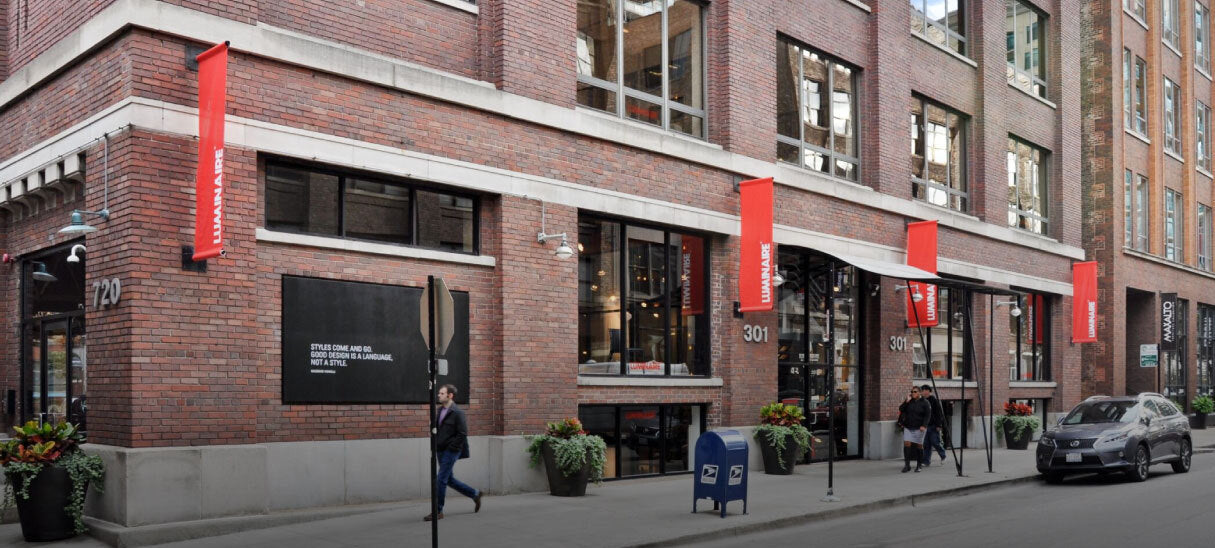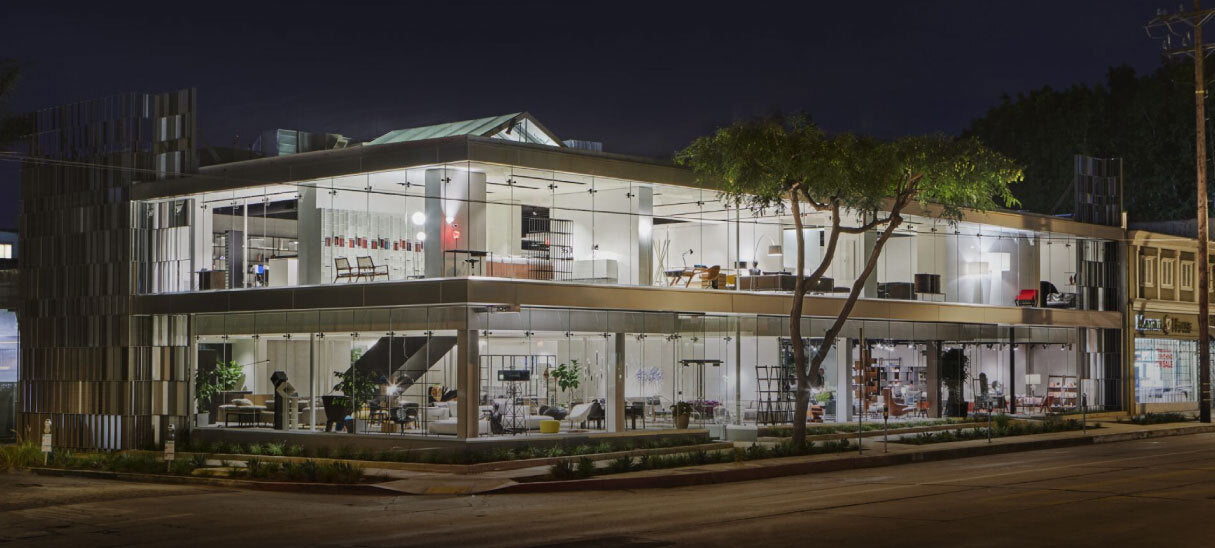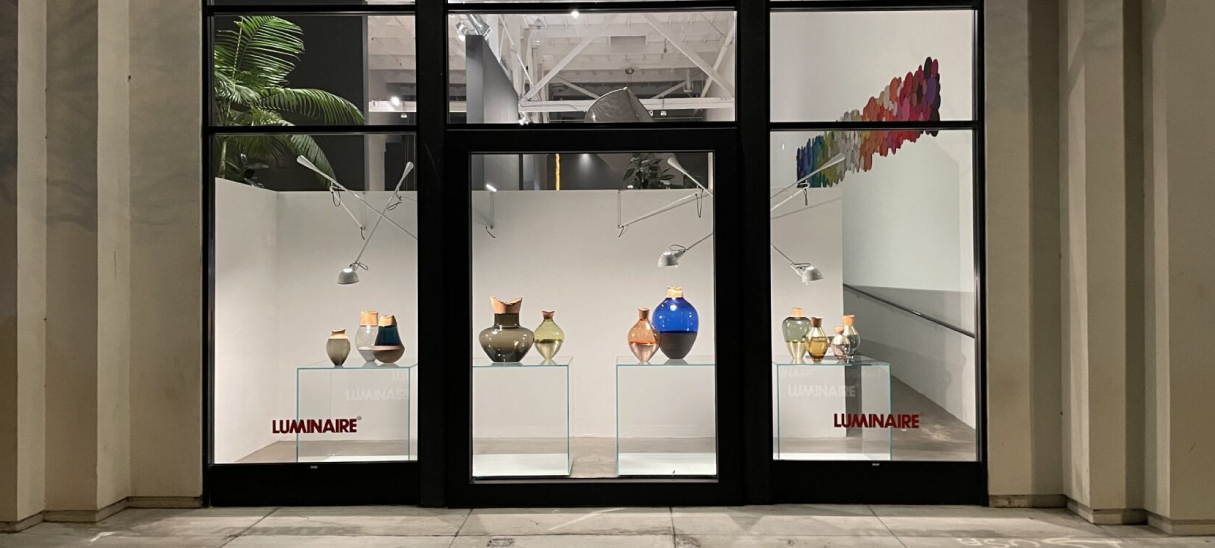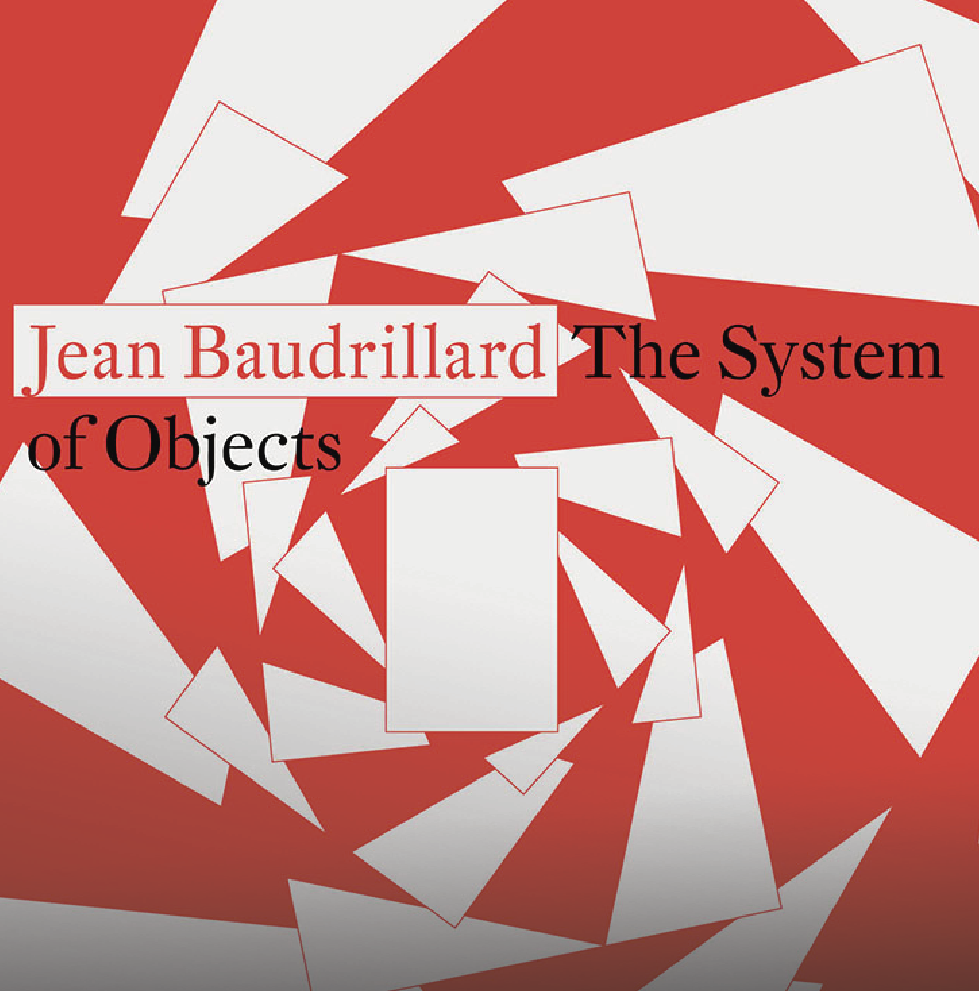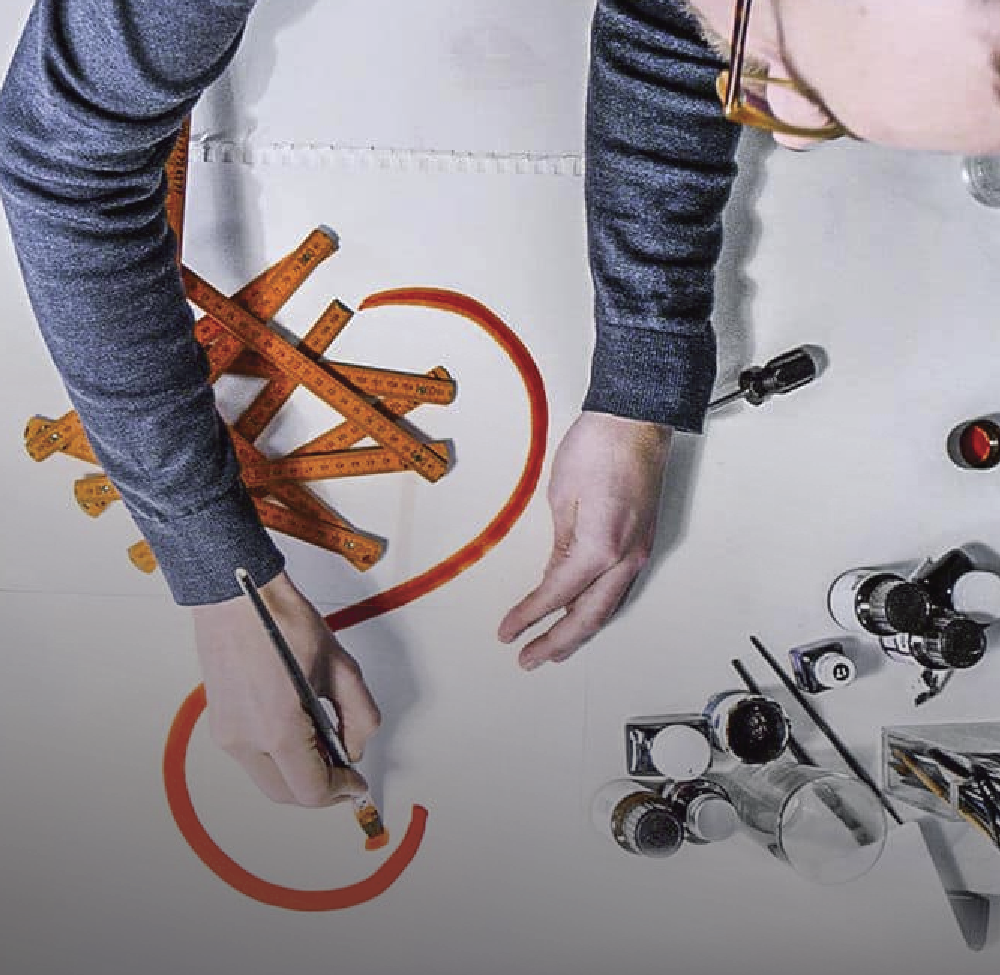Resonant and compelling, amusing and attractive, the objects we surround ourselves with every day speaks greatly to who we are, fulfilling our lives by addressing our needs, captivating our desires, and mesmerizing space with notes of efficiency and beauty. In 1968, French philosopher and sociologist Jean Baudrillard offered a cultural critique of the objects that adorn our homes in his book that translated to English is called A System of Objects. An extension of his doctorial thesis overseen by renown thinkers Roland Barthes, Henri LeFebrve, and Pierre Bourdieu, A System of Objects frames a context for home furnishing and interior design as part of a cultural code of commodity and consumption, given meaning as signs or messages communicated through mass media and informed by the work of Freud and Saussure. Now, almost 60 years later, we reflect on these writings of Baudrillard, and find inspiration in the significance of objects to shape our social fabric and, as extensions of ourselves, imbue our lives with both the values and the hazards of modernity, acting as signs for who we are and how we wish to be seen in the world, making life easier with new technologies while solidifying a symbiotic relationship of need and desire, conformity and control.
In his book, Baudrillard catalogues everyday objects as functional, non-functional, and metafunctional, depending on the messages they speak and what purpose they serve, pitting traditional pieces against ones considered for the modern home and what these differences mean regarding our relationships with space and society. For instance, the modern home of his time was seen as a series of problems that needed solutions, as opposed to traditional spaces that defined themselves on moral values or what was defined as ‘good taste’, often in terms of maximizing space as people looked to make more with the smaller spaces that were becoming more ubiquitous at the time. Objects in the interior were therefore stripped down to essentials, with special notice given to clever storage solutions. Gone were the bedposts and canopies of the past and replacing them was a streamlined version of a bed, functionally liberated. Recessed lighting gave a notion of privileged intimacy, creating shadows, inventing presences, and illuminating objects with unique value. There was also an opening up of space, with modern rooms becoming more animated, invested with a rhythm that does away with clustered walls, again free from the functionality of segregated rooms yet made distinct with angles and a fragmentation of furniture.
The freedom of an object to serve its functionality distinguished modern design from work of the past, yet for Baudrillard, an object becomes a true item of consumption only after it first becomes a sign. Most certainly, the specific objects we choose to fill our spaces moves beyond functionality and the needs they satisfy; desire instead drives our decisions, a desire for meaning and emotionality fuels the pulse of what we own, with advertising and mass media often providing the messages for what is valuable and why, making them cultured signs of distinction and worth. Baudrillard’s interest in looking at humans through the objects they consume was at the time considered a revolutionary posture against human exceptionalism, where both the body and the space it resides in negotiate with each other and influence each other equally. Drawing on many sociocultural ideas of the time, A System of Objects is a tour de force that elucidates the role of objects in our personal lives and in society at large, powerful, poetic, and poignant.
February 2024



